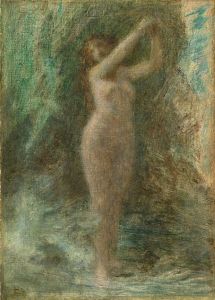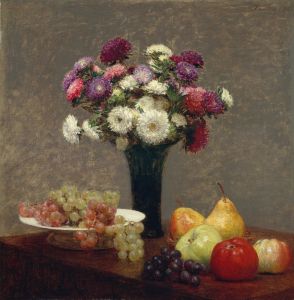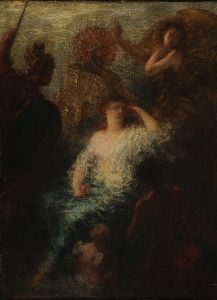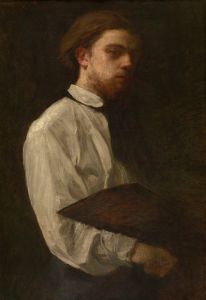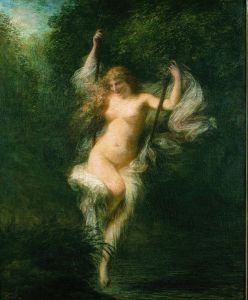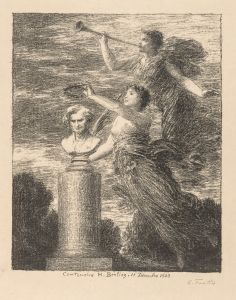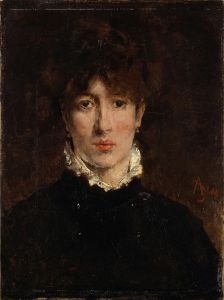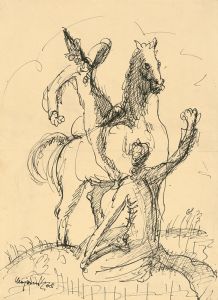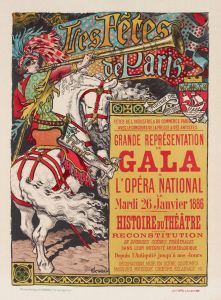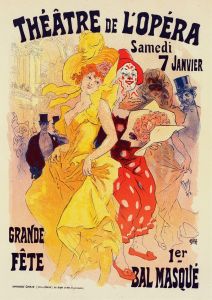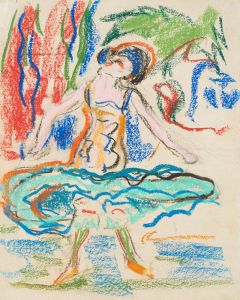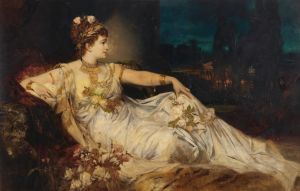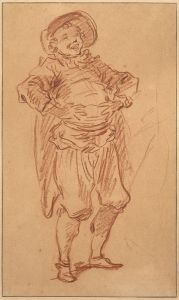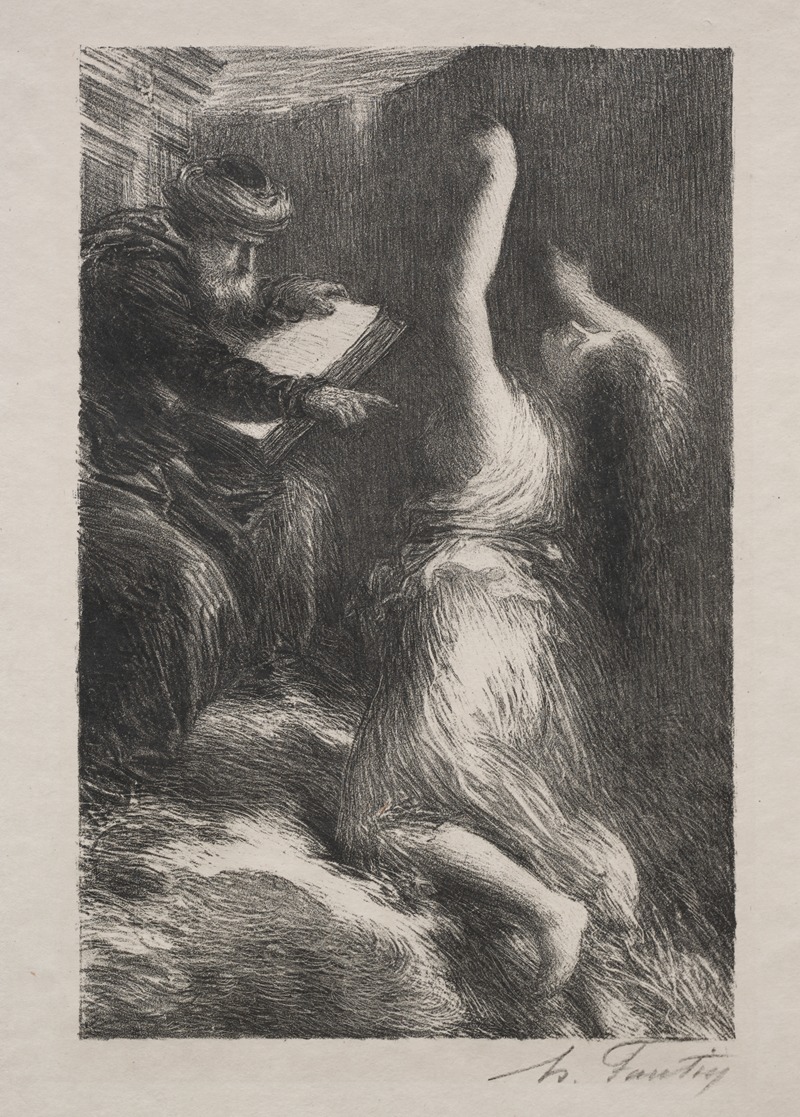
Parsifal, Act II; Evocation of Kundry
A hand-painted replica of Henri Fantin-Latour’s masterpiece Parsifal, Act II; Evocation of Kundry, meticulously crafted by professional artists to capture the true essence of the original. Each piece is created with museum-quality canvas and rare mineral pigments, carefully painted by experienced artists with delicate brushstrokes and rich, layered colors to perfectly recreate the texture of the original artwork. Unlike machine-printed reproductions, this hand-painted version brings the painting to life, infused with the artist’s emotions and skill in every stroke. Whether for personal collection or home decoration, it instantly elevates the artistic atmosphere of any space.
Henri Fantin-Latour was a renowned French painter known for his still lifes and group portraits, as well as his imaginative works inspired by music and literature. One of his notable works is "Parsifal, Act II; Evocation of Kundry," which reflects his interest in the operatic and musical themes of his time.
Fantin-Latour was deeply influenced by the music of Richard Wagner, a composer whose operas were revolutionary in the 19th century. Wagner's work was characterized by its complex textures, rich harmonies, and elaborate use of leitmotifs. "Parsifal," one of Wagner's last operas, premiered in 1882 and is a sacred festival drama that explores themes of redemption and compassion. The opera is based on the medieval legend of the Arthurian knight Parsifal and his quest for the Holy Grail.
In "Parsifal, Act II; Evocation of Kundry," Fantin-Latour captures a scene from the second act of Wagner's opera. This act is significant for its dramatic and emotional intensity, focusing on the character Kundry, a mysterious and tormented woman who plays a crucial role in Parsifal's journey. Kundry is a complex character, embodying both seduction and redemption, and her interactions with Parsifal are central to the opera's narrative.
Fantin-Latour's painting is an evocative interpretation of this operatic moment. Known for his ability to convey mood and emotion, Fantin-Latour uses a soft, almost ethereal palette to depict the scene. The painting likely captures the mystical and otherworldly atmosphere of Wagner's music, reflecting the artist's admiration for the composer. Fantin-Latour was part of a circle of artists and musicians who were deeply inspired by Wagner's work, and his paintings often sought to translate musical experiences into visual form.
The painting is a testament to Fantin-Latour's skill in blending his love for music with his artistic practice. His works often feature a dreamlike quality, and in "Parsifal, Act II; Evocation of Kundry," this is evident in the way he portrays the characters and setting. The figures are rendered with a delicate touch, and the composition suggests a sense of movement and drama, mirroring the operatic source material.
Fantin-Latour's engagement with Wagner's music was part of a broader trend among artists of the time who were exploring the connections between different art forms. This interdisciplinary approach was characteristic of the Symbolist movement, which sought to express the ineffable and explore the deeper meanings behind surface appearances. Fantin-Latour's work, including this painting, can be seen as part of this movement, as it seeks to capture the spiritual and emotional essence of Wagner's opera.
"Parsifal, Act II; Evocation of Kundry" is an example of how Fantin-Latour's art transcends simple representation, aiming instead to evoke the profound emotional and spiritual experiences that music can inspire. Through his sensitive use of color and form, Fantin-Latour invites viewers to engage with the painting on a deeper level, much like the experience of listening to Wagner's music. This work remains a significant piece in Fantin-Latour's oeuvre, illustrating his unique ability to bridge the worlds of visual art and music.





